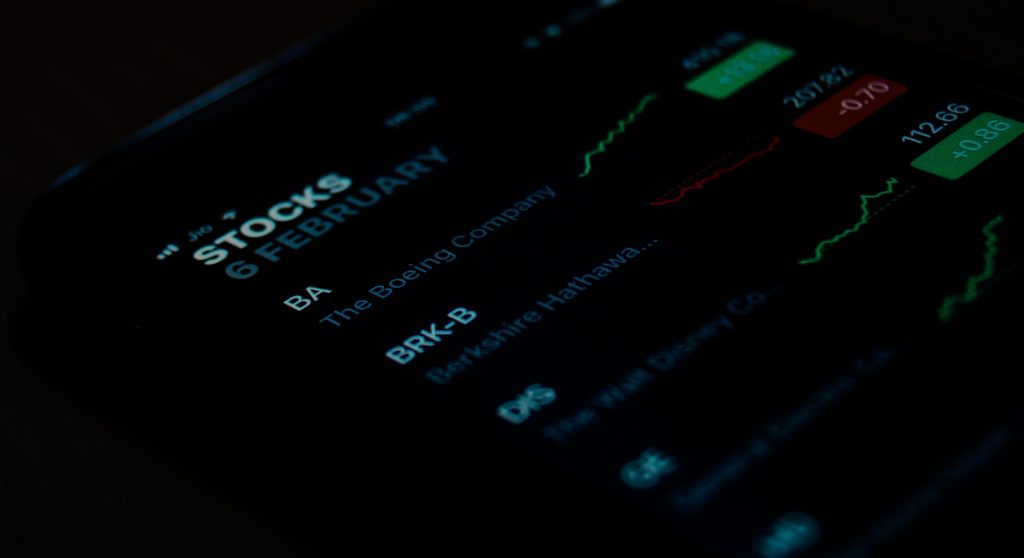Why are stock markets rising?
The market’s almost complete reversal in Q1 is also a bit unsettling—because not much else has changed.
Advertisement
The market’s almost complete reversal in Q1 is also a bit unsettling—because not much else has changed.

Share this article Share on Facebook Share on Twitter Share on Linkedin Share on Reddit Share on Email